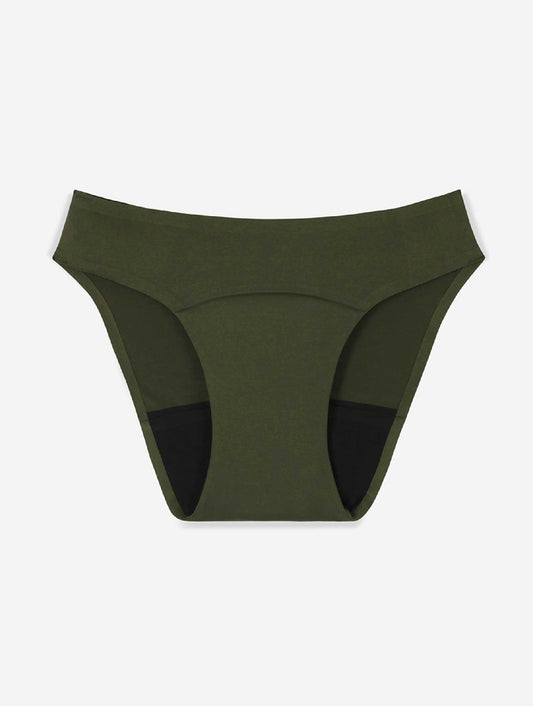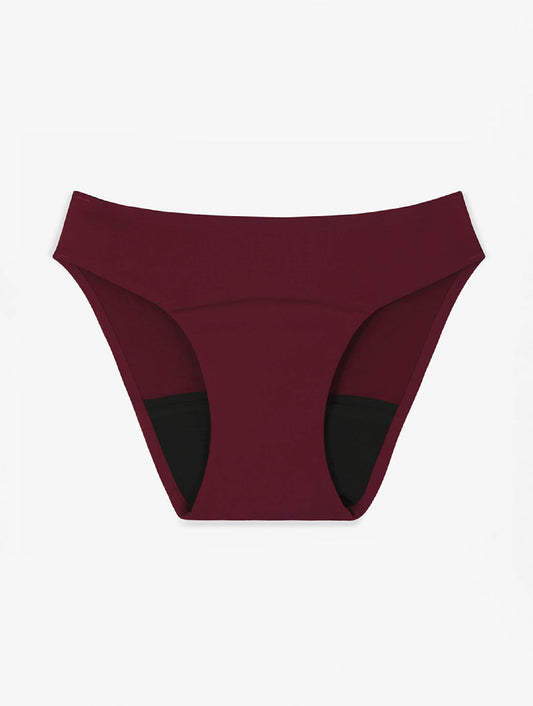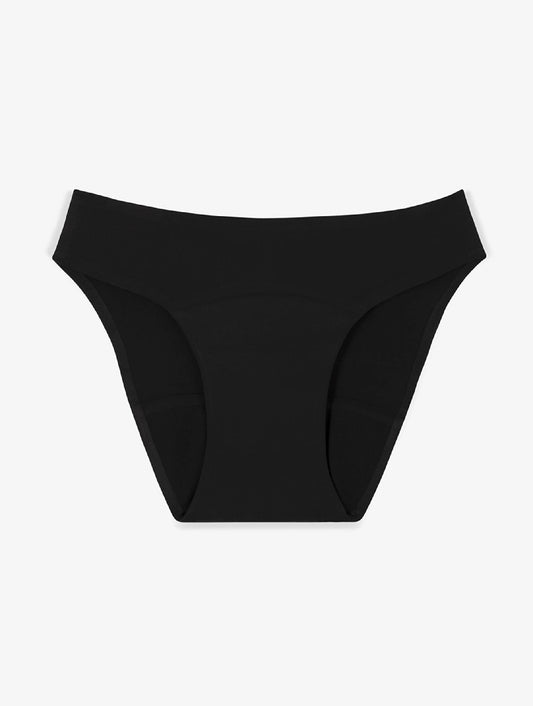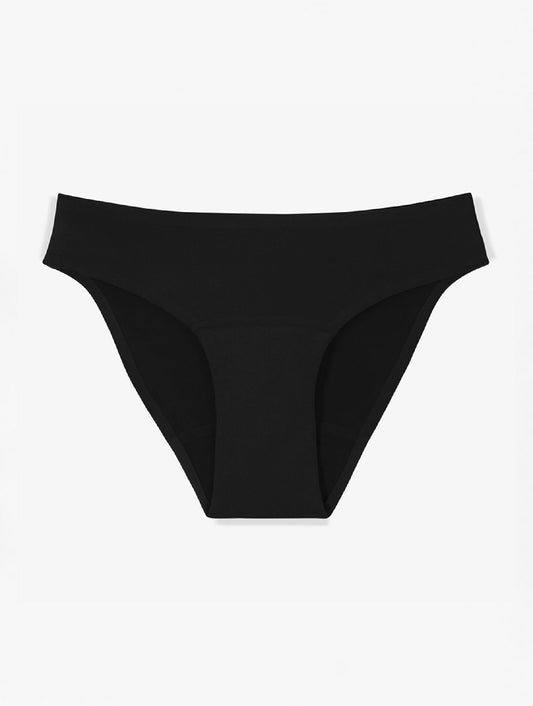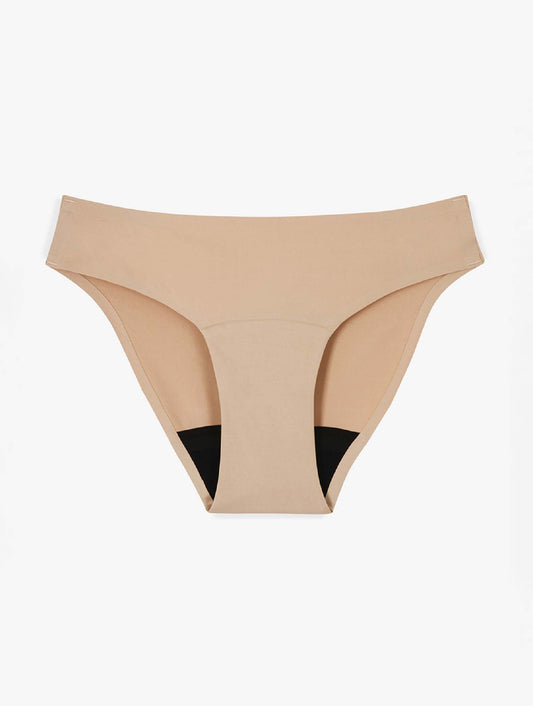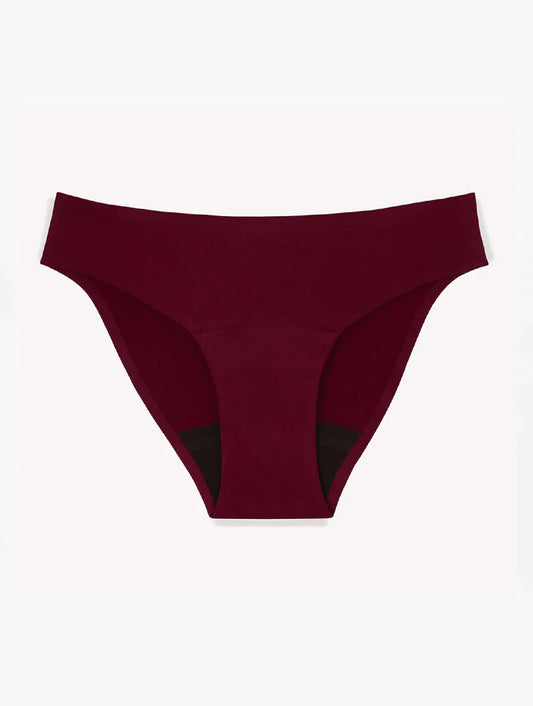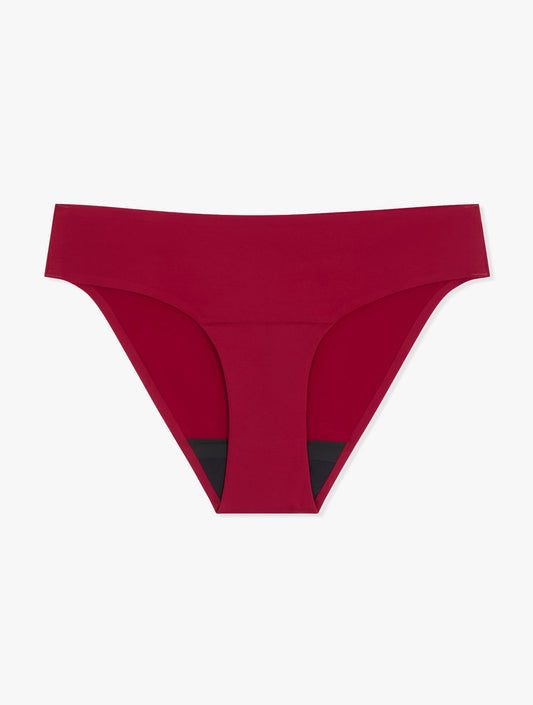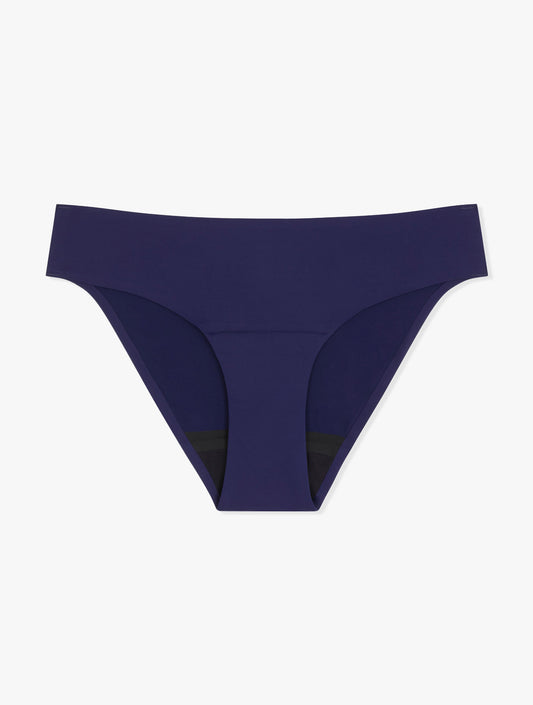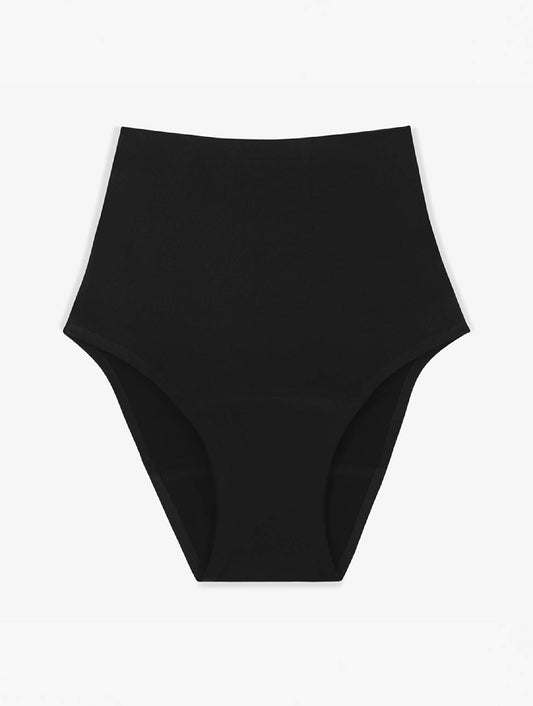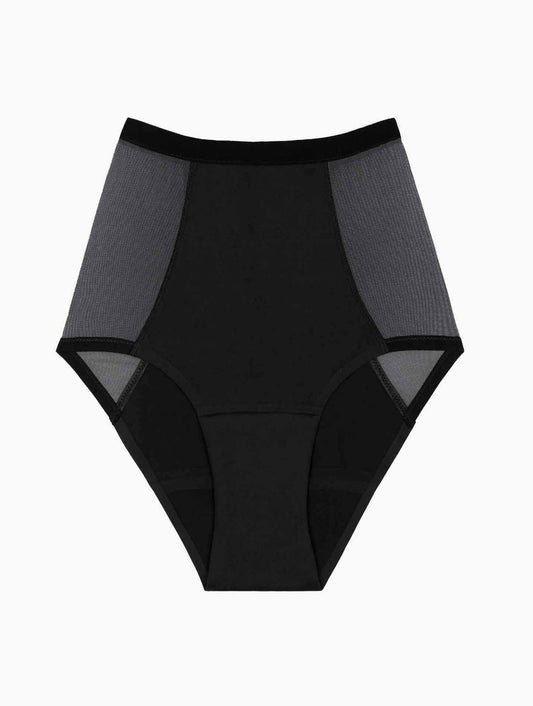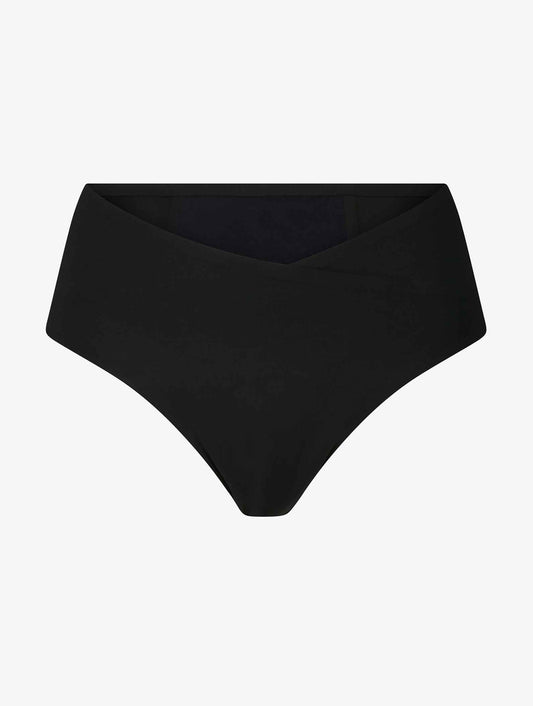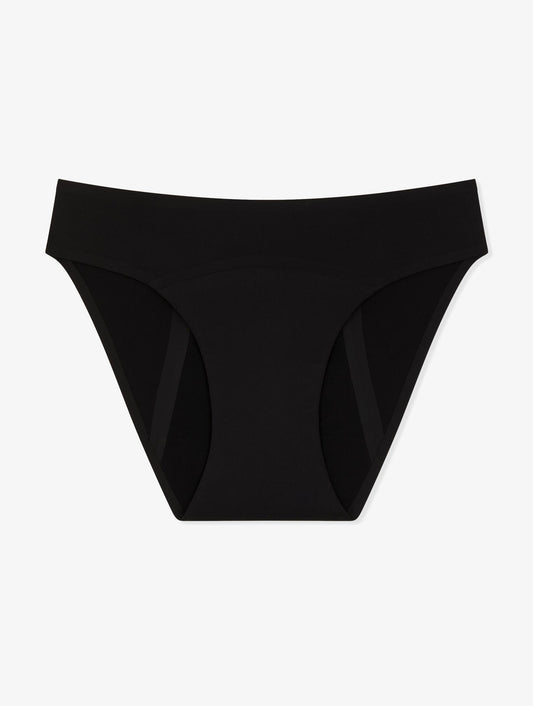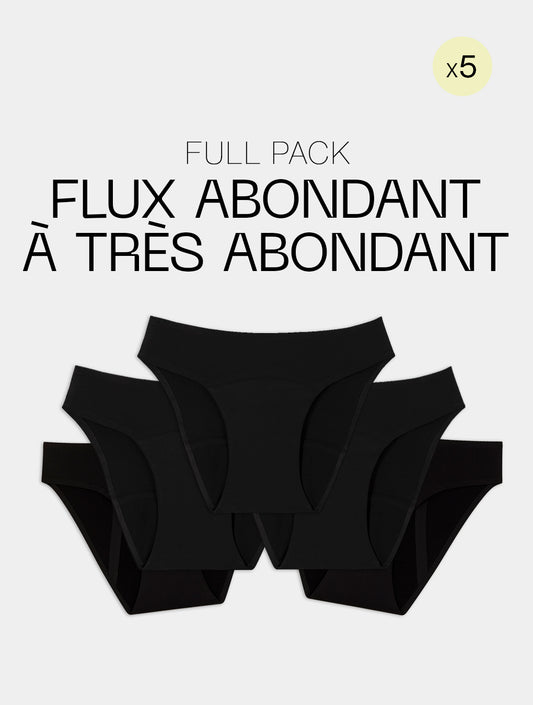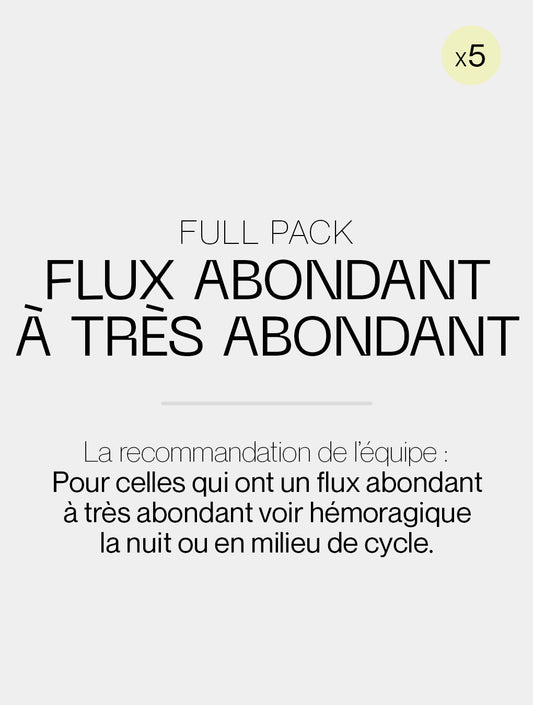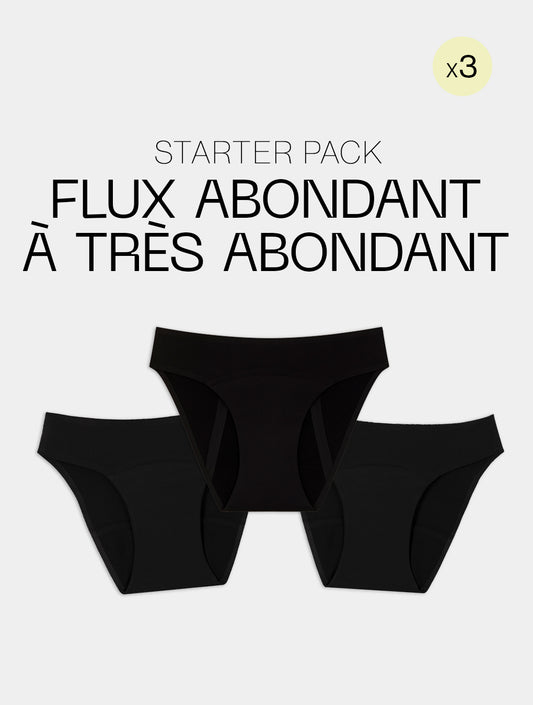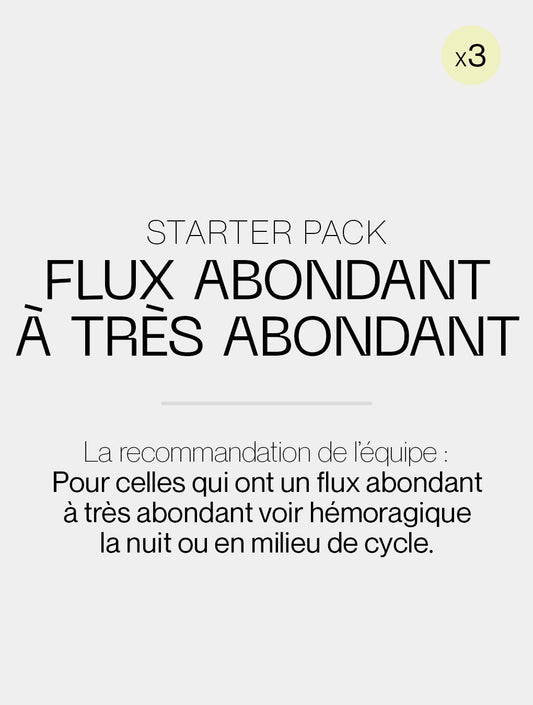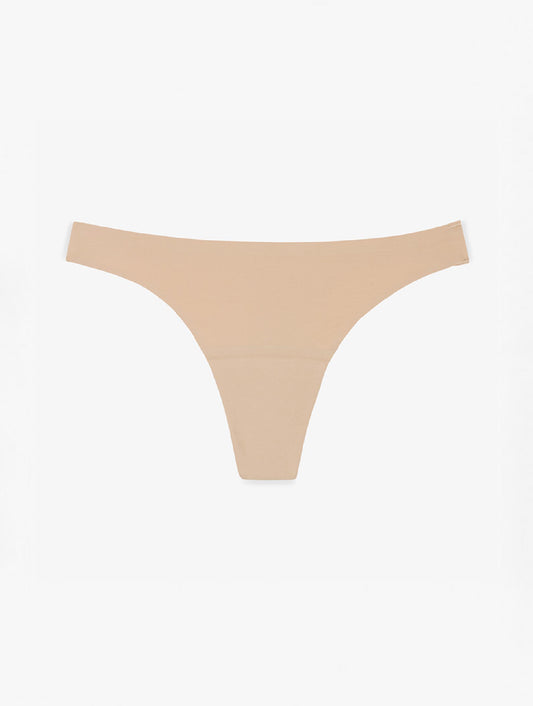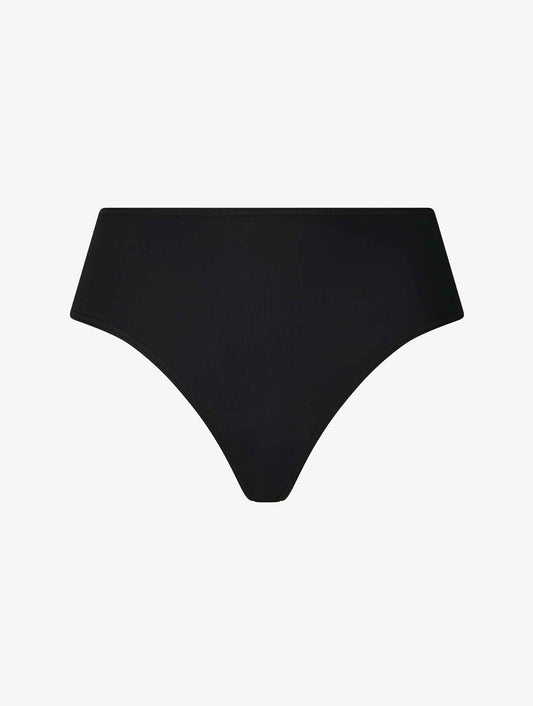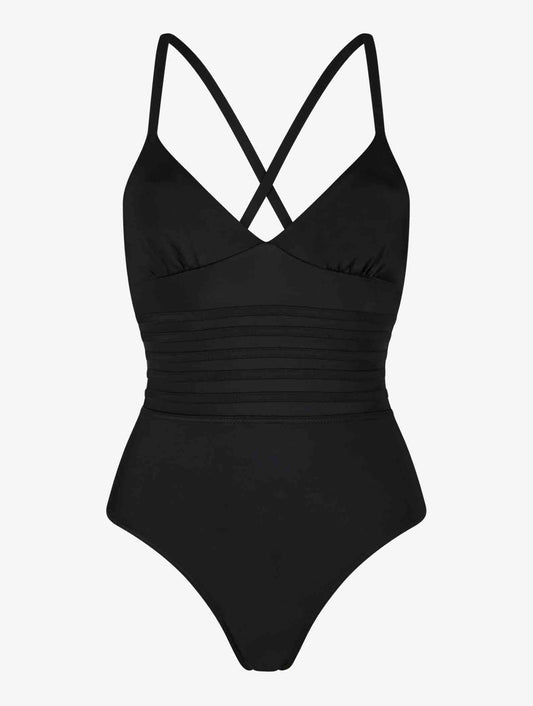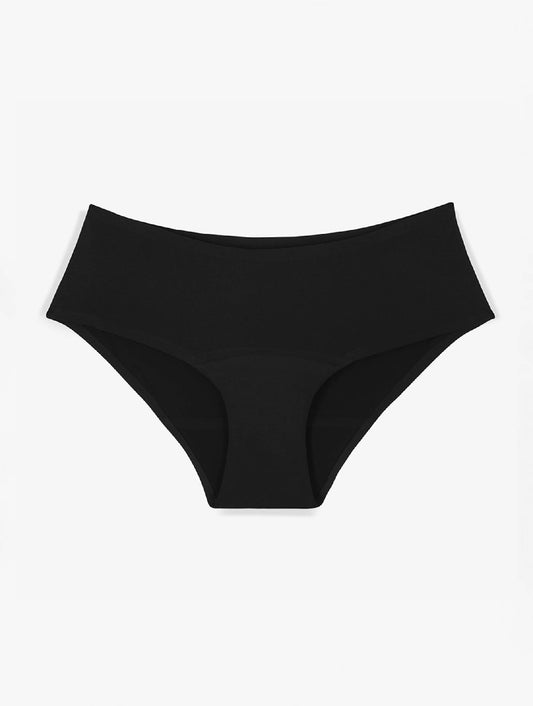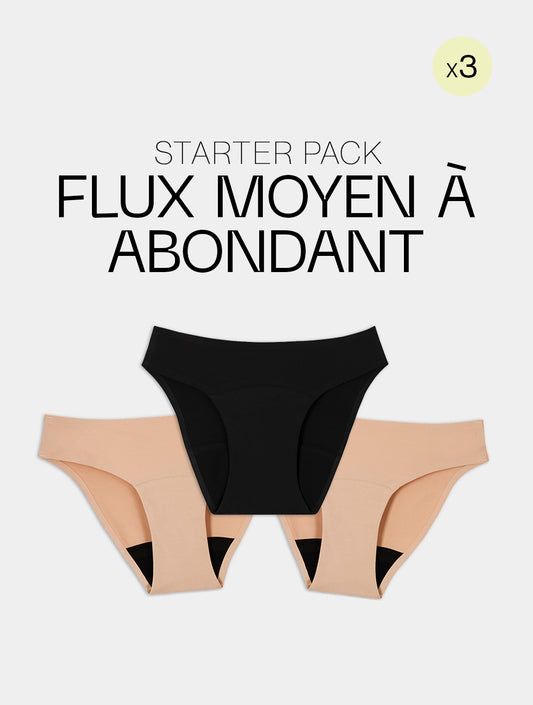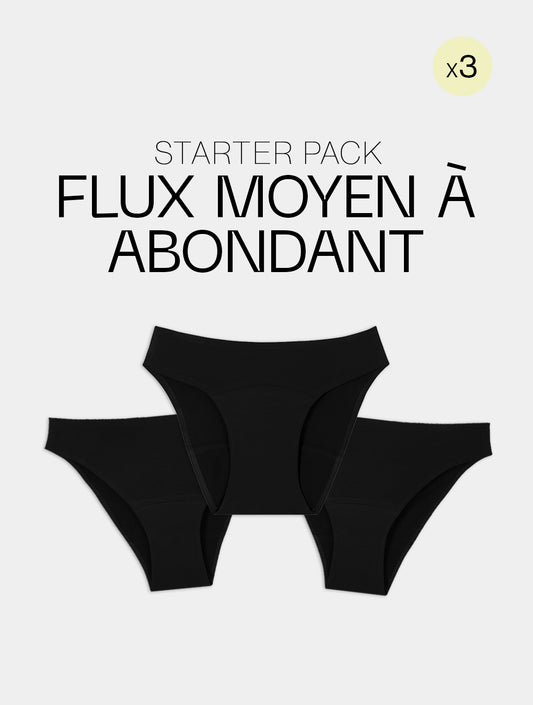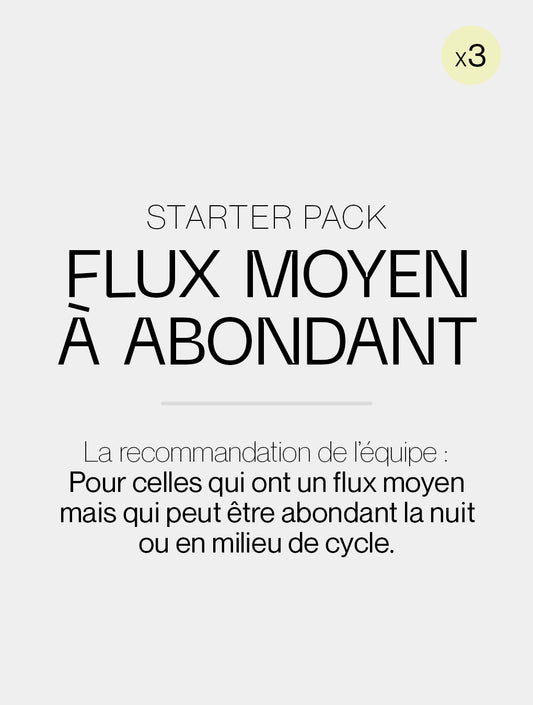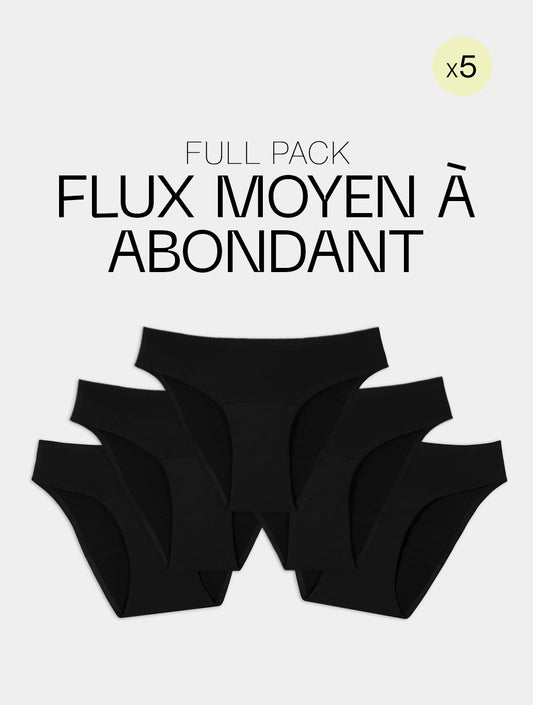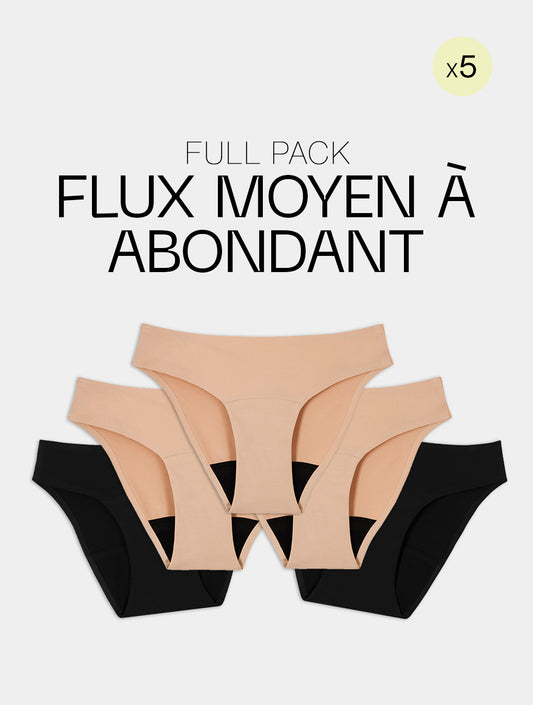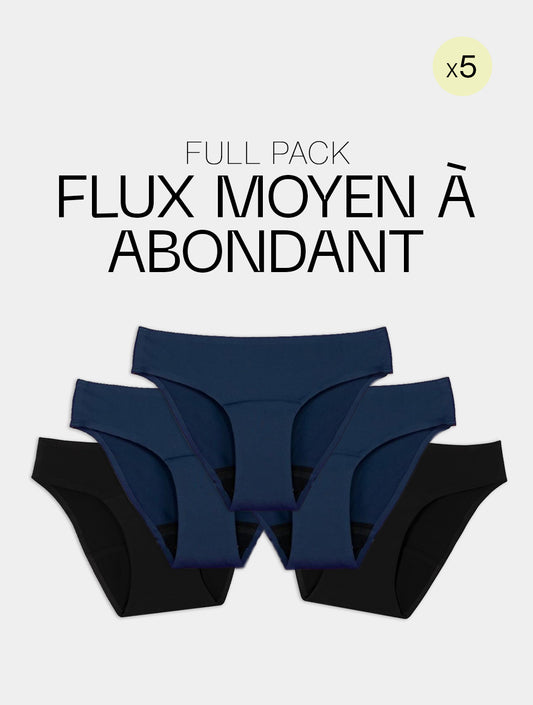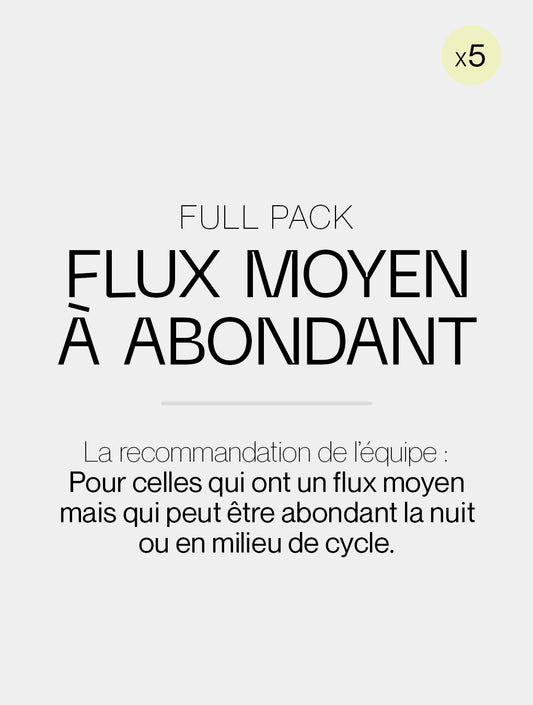Advantages and disadvantages of the menstrual cup: we tell you everything!
An ecological and economical alternative to disposable protection, the menstrual cup (more often called "cup" or menstrual cup) is also very popular for its natural and zero waste side. But what about comfort and health really? Is it as easy to use as its manufacturers claim? We tell you all about the advantages and disadvantages of this feminine hygienic protection so trendy.

Aquila cotton menstrual panties
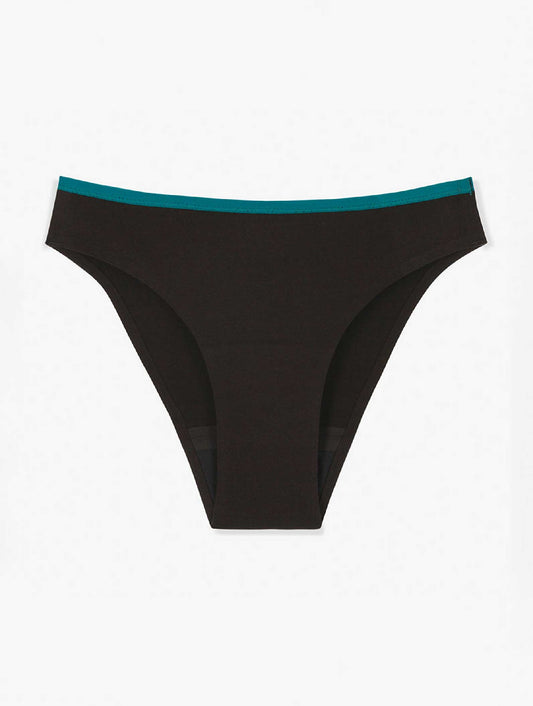
Ara cotton menstrual panties
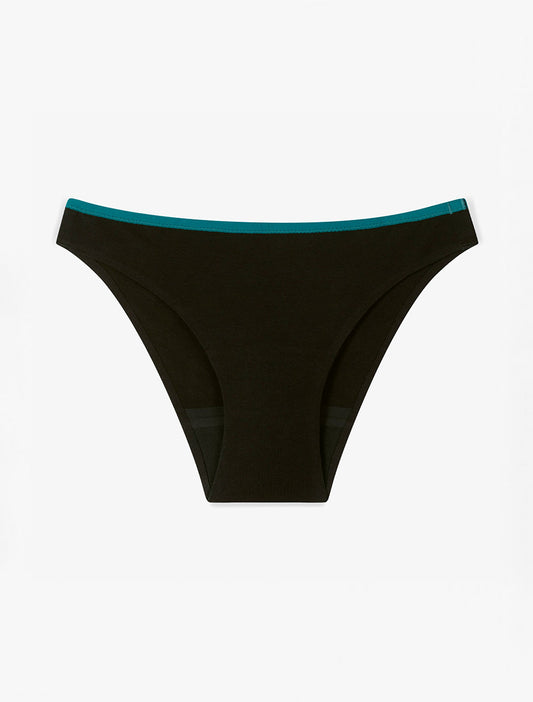
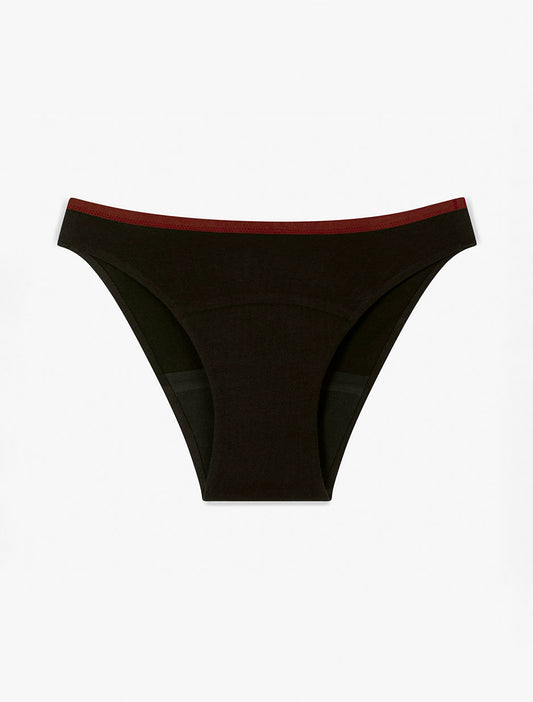
How to use a menstrual cup?
Before weighing the pros and cons, here is some information about the menstrual cup and our tips for using it properly.
The menstrual cup is made of medical grade silicone, TPE (thermoplastic elastomer), natural rubber or latex. It looks like a small funnel or a small dish with rounded edges. It ends with a thin stem that allows it to be removed. The choice of size is made according to the age of the users, the morphology of the cervix (cervix) and the tone of the perineum (vaginal delivery or not).
- To place the menstrual cup (after having passed the stage of sterilization in boiling water or in a sterilizer) your hands must be very clean. It is folded in half to introduce it into the vagina, where it unfolds on its own. There, it adapts to the anatomy by adhering to the vaginal walls tightly (to avoid any risk of leakage). To be completely sure of yourself, don't hesitate to do a final check with your finger to check that your cup is fully deployed. The menstrual cup collects menstrual blood for several hours, the duration varying according to the abundance of the flow (without going beyond 4 to 6 hours to avoid the symptoms of toxic shock syndrome). Depending on the person, it will take a cycle or two to experiment and master the insertion of the menstrual cup to perfection.
- To remove it while avoiding embarrassing situations, you have to take a few precautions. You can gently pull on the small dedicated rod, but it is preferable to pinch the base of the menstrual cup directly or gently peel off the edge of the cup with your fingertip to avoid the suction cup effect (which protects against the risk of leakage , but which we talk about in the weak points). For a gentle removal, feel free to push lightly with the vaginal muscles and perineum while keeping the menstrual cup vertical (to avoid unexpected leaks). Its contents are then poured into the toilet or a sink, before rinsing and replacing it. For optimal hygiene, you can also carry out a new sterilization, but this is not mandatory. You can wait until the end of the cycle (or the start of the next cycle) to do so.
Why we love the menstrual cup: its strengths
- First, this little silicone bell is a super ecological zero waste periodic protection. Depending on the brand, it has a lifespan of 3, 5 or 10 years. Exit therefore the disposable protections in abundance which harm the environment. However, this point must be qualified, because you should not wear a menstrual cup at night. Other external periodic protections are necessary in addition, type towel (disposable or washable) - or menstrual panties, and there, we remain zero waste.
- Another strong point of the menstrual cup: its price! This is a super economical solution. Its cost between 15 and 30 euros is largely amortized since it lasts several years. While other disposable periodic protections require a monthly budget of 15 to 20 euros.
- This cup is invisible under underwear since it is an internal protection. People who wear it can carry out their usual activities in complete peace of mind (sport, work, leisure, etc.).
- It needs to be changed less often than a tampon or a towel: it can contain up to 3 times their capacity without leaking (another point to qualify because it is dangerous to wear internal protection whatever it is over a long period of time, in other words, no more than 4 hours).
- Finally, it is hypoallergenic and represents a practical alternative for young girls and women in whom tampons or sanitary napkins cause infections, mycoses and irritations.
Why we are mixed on the menstrual cup: its weak points
- First negative point for the menstrual cup, its prolonged use over time carries as much risk of toxic shock as that of a tampon, if not more. Indeed with the menstrual cup, the danger lies in the storage of blood in the vagina which can promote the bacteria responsible. It should therefore not be worn for more than 4 hours in a row, and it is prohibited to wear a cup at night. It will also be necessary to invest in external protection such as menstrual panties with an anti-bacterial material.
- To empty your cup, you must have a sink or a water point nearby to be able to wash it with soap and rinse it before replacing it. And when you think that you have to empty it between 3 to 5 times a day in case of heavy periods...
- Small unpleasant accidents during its withdrawal are to be expected at the beginning (risk of leaks), because of the famous suction cup effect against the vaginal walls that can be difficult to cancel. As a result, the cup is sometimes difficult to remove during the first tests, which can be a little painful, and cause some unexpected splashes or bloodstains! Adaptation work is often necessary.
- You can say goodbye to long nails if you don't want to hurt yourself when putting it on and taking it off.
- Its insertion sometimes requires a lubricant when the menstrual flow is light.
- Another negative point of the menstrual cup: its size. Indeed, according to the brand, the cup only exists in small size (for young girls and women who have not given birth vaginally) and large size (for adult women and those who have given birth vaginally). ). The sensation can be unpleasant for some, especially during the first period or during the first attempts.
- There is a (low) danger of expulsion of the intrauterine device (IUD) for users who wear it, due to the suction cup effect. If you wear a copper IUD or a hormonal IUD, do not hesitate to ask your doctor for advice.
- After giving birth, users must be patient! It will be necessary to wait for the return of diapers, a few weeks before wearing a cup again.
By Valerie.



